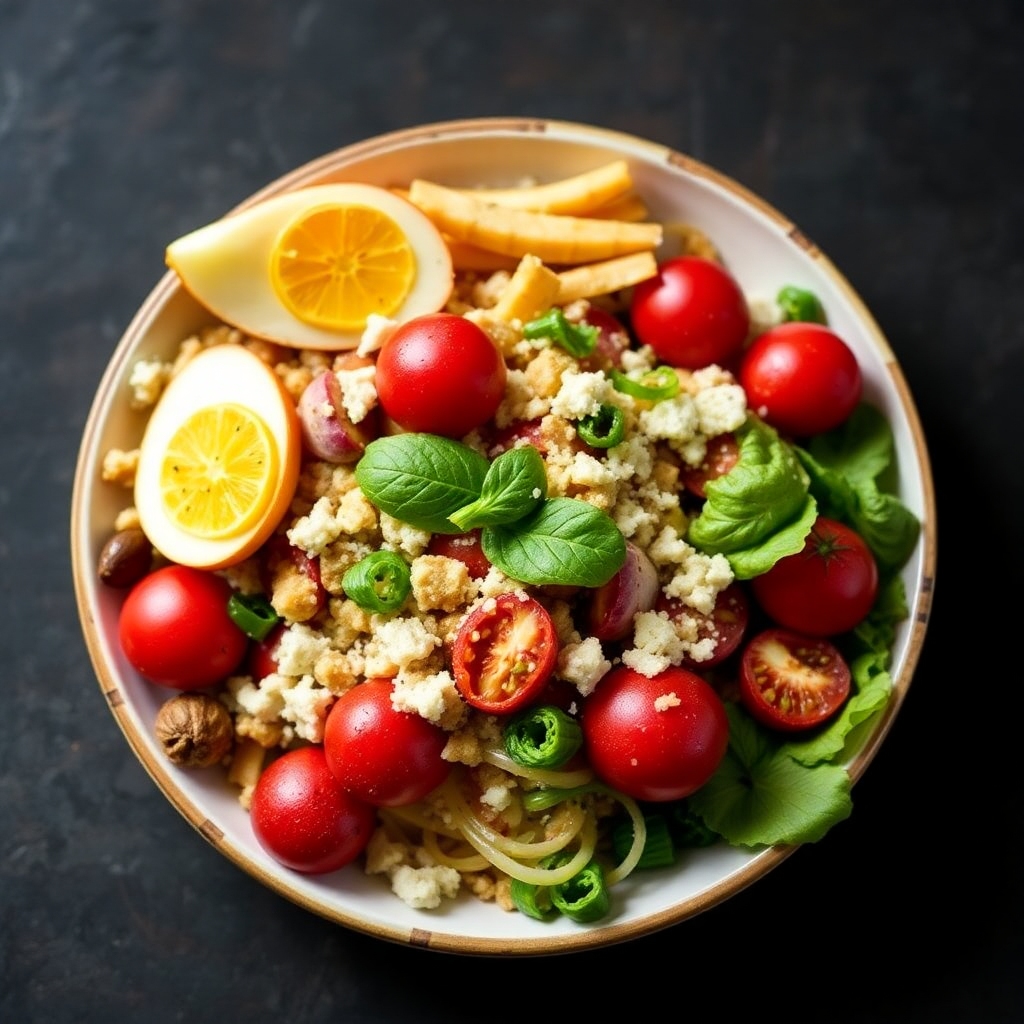Introduction
The false notion that healthy foods are too expensive is widespread, and many individuals avoid nutritious food choices because of this assumption, opting for cheaper, highly processed options. However, this is not so. Not only can healthy eating be affordable and accessible, but it can sometimes even be more cost-effective than junk food. Let us bust this myth and see how you can easily eat nutritious foods without expensive consumption.
Why Does This Myth Persist?
The belief that healthy eating is truly that expensive is based on:
Marketing of Premium Products: Organic, gluten-free, or “superfoods” often come with a hefty price tag, giving the impression that all healthy options are costly.
Convenience Culture: Pre-packaged healthy meals or subscription services cost more than cooking at home.
Lack of Knowledge: Many people do not know that healthy food can be bought affordably or prepared on a budget.
The Truth: Healthy Food Doesn’t Have to Break the Bank.You can easily make a healthful, balanced diet that’s affordable with most grocery stores.
Budget-Friendly Tips for Healthy Eating
Meal Planning
Plan your meals much ahead of time to prevent impulse purchases. Make a shopping list on nutrient-dense ingredients, which you can also use in numerous dishes. Consider some batch cooking to save time and money, too.
Buy in bulk: Buy pan foods such as rice, lentils, beans, and oats in bulk. Bulk buying will reduce the cost for every serving and guarantee a continuous supply of necessities.
Rely on Seasonal and Local Produce: Seasonal fruits and vegetables are much more fresh, nutritious, and cheaper. Farmers’ markets usually offer discounted offers on locally produced produce.
Depend on Affordable Staples: Use cost-effective nutrient-dense staples, such as eggs, sweet potatoes, spinach, and bananas. These staples provide excellent value for its nutrition.
Limit Processed Foods: Processed and packaged foods are usually more costly and less healthy. Cooking meals from scratch is healthier, and usually cheaper.
Healthy Eating Doesn’t Have to Rely on “Superfoods”
The word “superfood” often goes hand in hand with a hefty price tag. While foods like quinoa, chia seeds, or acai berries are nutritious, they aren’t necessities.
More affordable alternatives include:
Brown Rice instead of quinoa. Flaxseeds as a budget-friendly substitute for chia seeds. Berries in Season as a replacement for exotic fruits. A balanced diet is possible without expensive, trendy products.
The Cost of Unhealthy Eating
Consuming processed and ready-made foods appears cheaper in the short run but may prove costly in the long run in these ways:
Healthcare Costs: Bad nutrition will induce chronic illnesses such as obesity, diabetes, and heart conditions, thereby higher healthcare costs.
Poor Performance: Unhealthy food intake reduces one’s energy levels, concentration, or even their ability to perform.
Emotional Costs: Poor eating habits can negatively affect mental health, leading to stress and anxiety.
Investing in healthy eating is an investment in your overall well-being because Healthy Foods Are Too Expensive is untrue.
Affordable Healthy Meal Ideas
Breakfast:
Overnight Oats: Combine oats, milk, and your favorite toppings for a quick, inexpensive breakfast.

Egg Scramble: Add leftover veggies to scrambled eggs for a protein-packed start to your day.
Lunch:
Lentil Soup: A hearty, nutritious, and budget-friendly option.
Chickpea Salad: Use canned chickpeas, fresh greens, and a simple dressing to create a healthy meal.

Dinner:
Stir-Fry: Use fresh seasonal veggies and serve over brown rice or noodles.
One-Pot Pasta: Use whole-grain pasta, tomato sauce, and frozen veggies for a very easy, balanced dinner.

Snacks:
Homemade Trail Mix: Use nuts, seeds, and dried fruit as a convenient, healthy snack.
Air-Popped Popcorn: This inexpensive food is really high in fiber.
How to Identify Budget-Friendly Healthy Foods
Emphasize Whole Foods:
Unprocessed whole foods-including fresh produce, grains, and proteins-are usually cheaper than packaged ones.
Read Unit Prices:
Compare prices per ounce or pound to buy the best value.
Use Coupons and Sales:
Look for discounts on healthy items in stores or through apps.
Frozen is Your Friend:
Frozen fruits and veggies are just the same nutritious as fresh ones and often cheaper.
Myth-Busting Around the World
The different challenges with access to affordable healthy food in different regions are balanced by international efforts like community gardens, food co-ops, and public health campaigns that demonstrate the possibility of nutritious diets even on tight budgets.
For instance:
Urban Areas: Rooftop gardens and urban farming can provide cheap produce.
Rural Areas: Programs to promote nutrient-dense crops produced locally can help address food insecurity issues.
Education
Educational efforts play a vital role in demolishing the myth of expensive healthy eating. The very processes of:
Meal Planning Help eliminate food waste and save money. Nutritional Value Highlights what cheap staples can provide. Cooking Skills Encourages use of simple, easy-to-acquire constituents.
Conclusion
Many people believe that healthy food is really expensive. Of course, it’s a myth that doesn’t stand up to thorough inspection. With planning of meals, reasonable staples choices, and cooking oneself instead of relying on processed foods, a quality diet is absolutely affordable for anyone. Healthy eating also saves money over the long term by lowering medical bills and increasing quality of life.
The myth can be debunked, and spreading knowledge is the way to empower even more people on affordable healthy eating.












